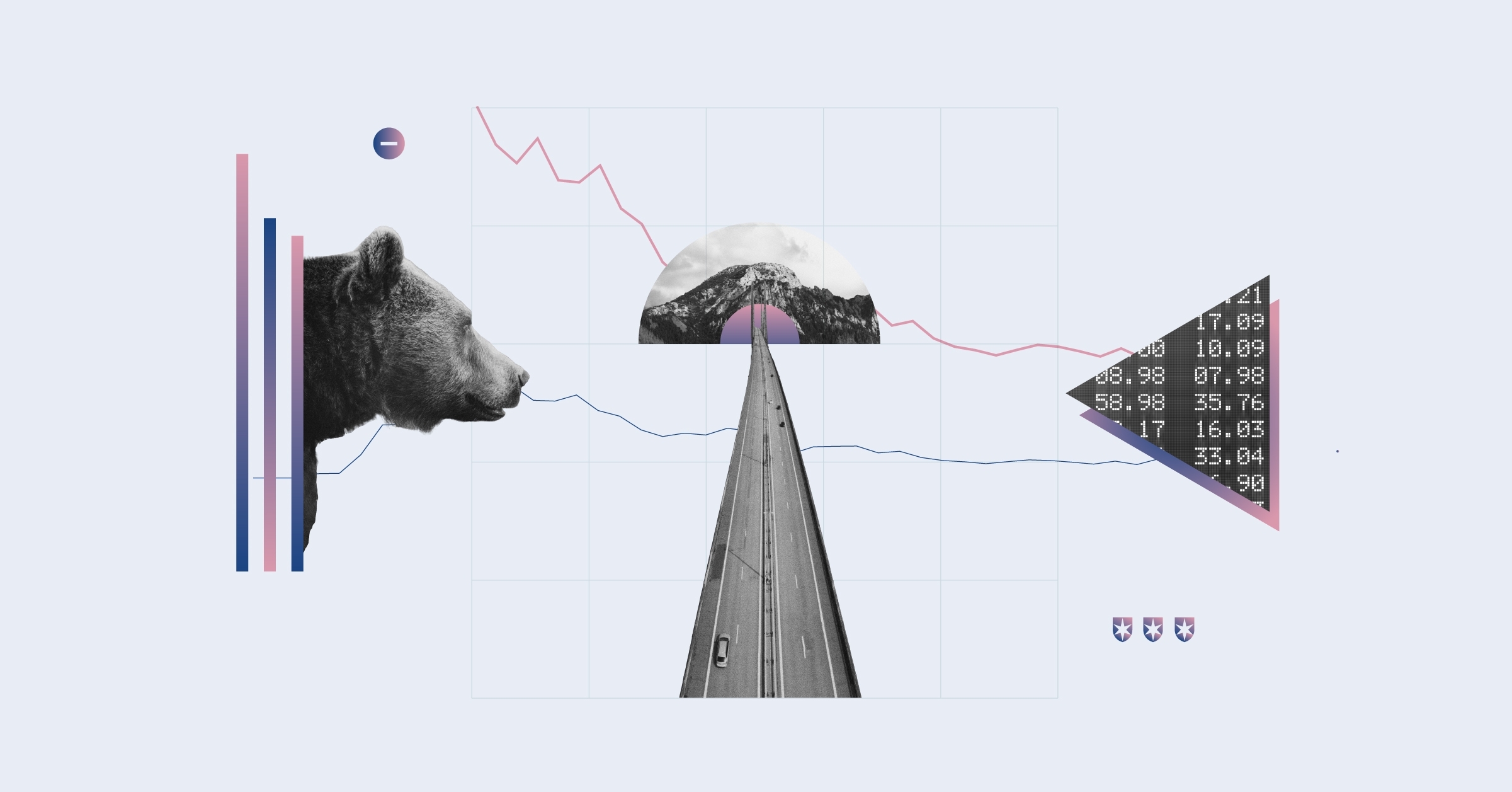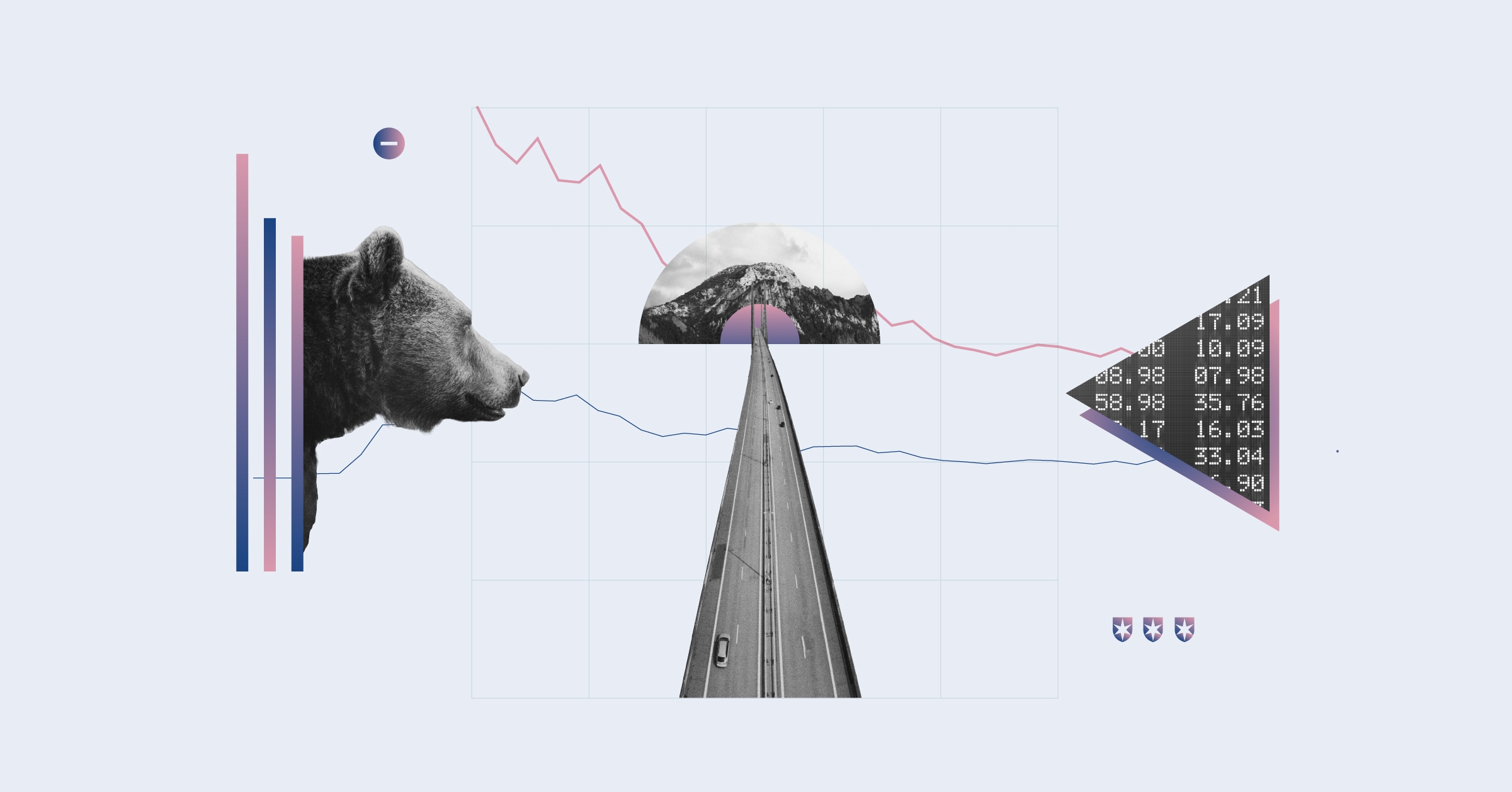Jeremy Glaser: For Morningstar, I'm Jeremy Glaser. With a handful of large-cap names driving much of the market's return, many investors are wondering if market-cap-weighted indexes are at risk. I'm here with Ben Johnson, he is our director of global ETF research and also the editor of Morningstar's ETF newsletter, to explore this topic.
Ben, thanks for joining me.
Ben Johnson: Thanks for having me, Jeremy.
Glaser: Certainly it's eye-popping, when you look at index returns and see just a handful of names--Apple, Amazon really driving performance. Is this something that should concern index investors who have market-cap-weighted indexes?
Johnson: I don't think any one investing in a cap-weighted index fund should be at all concerned about what's going on right now with respect to exactly that: The number of firms that are driving the market in one direction or another, because this is a feature of market capitalization weighting and by no means is it in any way a bug.
When you sign up for a cap-weighted index, you sign up for a very specific proposition, which is, I am going to own a specific universe of stocks--the S&P 500, the Russell 1000, the CRSP US Total Stock Market Index. I'm going to weight the stocks within that universe on the basis of their going market capitalization. I am outsourcing by way of owning a cap-weighted index fund all of the heavy lifting as it pertains to understanding these companies' fundamentals and subsequently setting their prices to other market participants. I'm taking my hands off the wheel, putting things on autopilot. And doing so because over the long stretches of time, the market generally gets it more right than wrong. And because it's very inexpensive to do so as measured by the fees that you'll be charged by investing in these funds, as measured by their turnover, as manifest in their tax efficiency.
Glaser: But how about valuations? When you see these big runups, you do wonder if they are justified. If these stocks are overvalued, if you're looking at--you hear some people describe it like the tech bubble again. Is that an apt comparison?
Johnson: Absolutely. So, that's not to say, going back to what I said before, is that along these long stretches of time you won't be nipped by bouts of mania, bouts of panic. Certainly the mania of all mania that we've seen, at least in recent history, was the tech bubble. That was a period of time where, if you look at the S&P 500, in particular, it took in 1999, 33 of the largest S&P 500 stocks to soak up 50% of the value of that index. So there is a huge degree of concentration within the index, at the security level, greater degree of concentration still at the sector level--tech stocks were on fire. And the valuations for those stocks were mind-bending, they were outrageous; Cisco was trading at nearly 200 times earnings.
Now if you fast forward to today, what you'd see is that to make up half of the current value of the S&P 500 Index it takes about 50 stocks, the long-term average is around 52. Concentration again which is more so a feature of market-cap-weighted indexing and not a bug, is within, at least by this measure, fairly normal ranges. Valuations, while in some cases quite high, certainly aren't nearly as elevated and out of range and completely out-of-whack as they were at the very pinnacle of the tech bubble. Apple is trading for 20 or so times earnings right now.
Glaser: If that concentration is less now, what about the performance, the fact that it's been driven by just the couple of names. Is that unusual?
Johnson: No, it's not entirely unusual. What you see is if you look at the distribution of just stock returns across the entire stock market over long periods of time most of the market's long-term historical returns have been driven by a small minority of stocks. Many stocks fade away, disappear entirely; others produce returns that are worse than you might get in Treasury bills. So the fact that a small minority of stocks are driving the majority of the market's returns, again feature not bug, as it pertains to cap weighted indexes and the funds that invest in them.
Glaser: Overall then, if you are an investor you've chosen cap-weighted indexes, there is nothing going on today that should make you question that assumption, as long as you knew what you're getting into when you bought them?
Johnson: No need to question the durability of the proposition of investing in cap-weighted index funds, but again inevitably there will be a period where we've gone a bridge too far, where valuations get stretched. What drives us toward that that precipice and what results once we have reached that precipice is not going to be the same factors, the same confluence of factors--macro, micro, fundamental, you name it--as we saw in the tech bubble, as we saw with the Nifty 50, as we saw going back through various sort of mania from times past.
It's important to understand that there will inevitably be points in time, like the tech bubble, where cap weighting exposed in hindsight looks like a bad idea, it's going to inevitably happen again. What matters more than anything is that investors are aware of this, they understand this, and they can accept it and stick with this particular strategy if it's their strategy of choice, through thick and through thin.
Glaser: Ben, thanks for your thoughts today.
Johnson: Thank you, Jeremy.
Glaser: For Morningstar, I'm Jeremy Glaser. Thanks for watching.






:quality(80)/cloudfront-us-east-1.images.arcpublishing.com/morningstar/A6OOX7PBSVEJ5BXDFSPKGLO72M.png)


.jpg)















